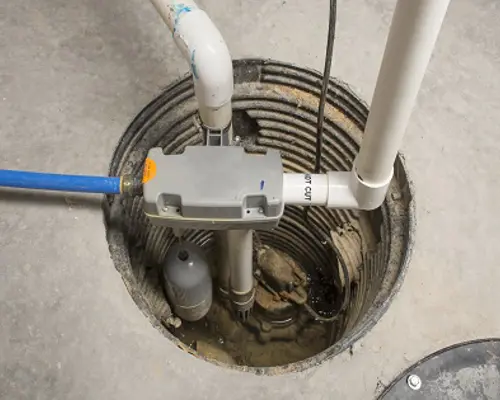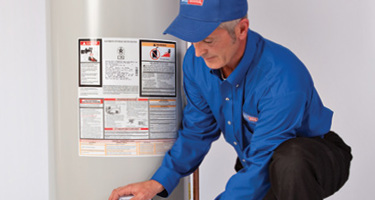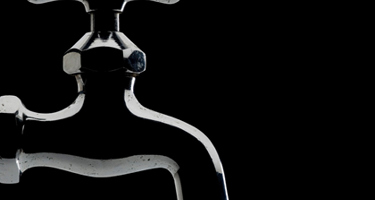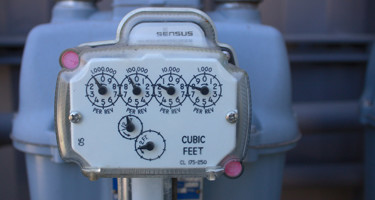
In heavy rains, a sump pump is the last line of protection from a flooded basement, massive water damage, and costly home repairs.
But, how long do sump pumps last? Because your sump pump only runs when needed, you may not notice when it has finally worn out for good. Here are some simple signs of when to replace your sump pump.
Top Cities Most Vulnerable to Basement Flooding
Using insights from Google Trends on “flooded basement” search queries, we’ve identified locations where users are frequently searching that term. Sorting the data by city, here are the rankings for the top 20 US cities with the worst flooded basements:
- Baltimore, MD
- Dayton, OH
- Buffalo, NY
- St. Louis, MO
- Providence, RI
- Detroit, MI
- Cleveland, OH Akron, OH
- Philadelphia, PA
- Columbus, OH
- Toledo, OH
- Louisville, KY Lexington, KY
- Dallas, TX Fort Worth, TX
- Cincinnati, OH
- Denver, CO
- Washington, DC Manassas, VA
- Chicago, IL
- Hartford, CT New Haven, CT
- Indianapolis, IN
- Atlanta, GA
- Kansas City, MO Kansas City, KS
If you’ve got sump pump problems, check if you live in an ARS serviceable location and call us at 866-399-2885!
How Long Do Sump Pumps Last?
Even if you have professionally installed a high quality product, a sump pump should be replaced every 7–10 years. Typically located in a basin on your basement floor, your sump pump collects excess water from drains and redirects it away from the house.
Your sump pump’s life expectancy is greatly influenced by how often it has been used, the amount of water it has to displace, and its cycle runtime. Once the water level reaches a float switch, the sump pump system starts pumping out water from your basement or crawlspace.
If you don’t know how old your sump pump is, you should consider replacing it or, at minimum, having a professional licensed plumber inspect and clean it.
When to Replace Your Sump Pump: 14 Signs
Here are some signs you can look out for that can indicate your sump pump is dying.
-
Frequently Cycling On and Off
If you’ve noticed your sump pump frequently cycling on and off, its basin may be too small to handle the volume of water in your basement. Regularly overworking your sump pump could burn out the motor. You may need a deeper basin that ensures your sump pump is only on when it needs to be.
Your local plumber can install a larger sump pump basin of 20 to 30 gallons, which is preferable to the 5-gallon sump pumps. While installing a larger basin does require a bigger hole in your basement floor, the cost is much cheaper than replacing your sump pump every few years from being overworked.
If you want to upgrade your sump pump basin, call us at 866-399-2885!
-
Running Nonstop
If your sump pump runs for several minutes at a time, it may be a sign of the unit being underpowered for:
-
The volume of water it handles
-
The distance it must pump
If either is exceeded, the pump is forced to run continuously.
Sump pumps are sized according to the gallons of water per hour (GPH) they can pump. To avoid breakdowns, consider upgrading to a larger model with a higher GPH that increases efficiency.
-
Making Weird Noises
Your sump pump shouldn’t make much noise. So if you hear anything beyond a low hum when the pump is running, it may be at the end of its life.
There are a few possible causes for these strange sounds, from a failed bearing in your motor to a jammed impeller. Unusual sounds are a strong indicator that your sump pump has worn or damaged parts.
An ARS technician can tell you whether a quick fix or a total replacement is in order. Call 866-399-2885!
-
Puddles Where They Aren’t Supposed to Be
Your sump pump works its hardest when there’s a heavy rainstorm, but it’s also working when water seeps into your basement from ground pressure, melting snow, or dripping pipes.
Sump pumps can’t do anything to prevent water from entering your home. The #1 job is to remove water that accumulates in your basement.
So if you’ve noticed increased puddling or pooling water on your basement floor, your pipes are leaking big-time or your sump pump is not performing up to snuff. Your plumber can determine whether to repair or replace it, but you need a fully functional sump pump to avoid water damage in your basement.
-
Switch Problems
A sump pump has an on/off switch that allows you to turn it on or off. It's possible for the sump pump’s switch to fail, preventing it from working properly.
When your sump pump is always stuck in "ON" mode, the constant running increases the risk of premature failure.
-
Frozen Discharge Lines
Some sump pumps have discharge lines that are not covered with insulation, and these lines can easily freeze over in the winter. This problem is more common in areas where temperatures fall drastically during the winter.
-
Clogged Discharge Lines
Sump pump discharge lines can get clogged with leaves and other debris, leaving space only for a small trickle. This issue causes sump pump failure because of the restriction in the pipes, and it won't work properly when you need it most.
-
Product or Installation Defects
Proper installation means getting the right pump for the size of your basement.
If your sump pump is only a few months old, then it's likely not defective on its own (although that's possible). Instead, the sump pit installation around the pump is a likely suspect as the main cause of failure. An unqualified plumber or contractor could have installed it incorrectly.
-
Age
As mentioned, a sump pump’s lifespan is 7–10 years; if your unit is in that range or even older, it’s time for a replacement. Even if it’s working fine, the parts could be worn out.
It’s better to replace your sump pump before an issue arises that results in water damage. Call 866-399-2885 to get a replacement now.
-
Visible Rust
Metal and water don’t mix, so it’s common for sump pumps to develop rust. When you see rust around the base of the sump pump, it’s time for a replacement. If you can see rust, there's probably more you that isn’t visible.
Rust will coat your sump pump, eventually leading to motor failure. This problem renders the pump useless in an emergency—when you need it to work.
-
Infrequent Usage
Maybe you’re lucky enough to live in an area that doesn’t often experience flooding. However, this could mean you need to replace your sump pump because you don’t use it often.
We know it doesn’t make sense, but periodic use ensures that debris doesn’t build up in the pump. Similar to how a car degrades if it sits still too long, sump pumps can experience issues when they don’t get used.
Call 866-399-2885 to have a professional check out your sump pump today.
-
Heavy Vibrations
If you notice your sump pump vibrating a lot while in operation, it’s time to look into a replacement. Excess vibration is a sign of motor wear or damaged impellers. Allowing it to continue running while vibrating can result in significant, permanent damage to the pump.
-
Rising Energy Bills
It’s good to pay attention to your energy bills when using your sump pump to get a baseline for the cost while in use. High energy bills are a sign that something is wrong.
When a sump pump uses more energy than usual, it’s a sign of failure.
-
Frequent Power Outages
An electrical cord may connect your sump pumps to an outlet in your home. If you lose power, the sump pump will no longer function because it cannot get power from its cord or battery backup.
Permanent damage may result if you constantly lose power—especially during storms. Power outages can fry the inner workings of your pump between the constant on-off switching and potential electrical surges.
Maintenance Tips to Extend a Sump Pump’s Lifespan
Simple maintenance can extend the life of your sump pump. There are a few things you can do:
- Schedule regular maintenance checks
- Test your pump regularly
- Use smart pump outlets
- Get the right pump for the size of your basement
- Clean your pump regularly
- Use a backup battery
- Install a backup sump pump
DIY: Should I Fix It? When to Call a Professional
If you’re concerned about a clog, you may be able to clear it on your own. Follow the manufacturer’s direction to remove debris from the pump and sump pit.
Typically, it’s best to call a professional if your sump pump breaks. This unit contains a lot of small parts that can easily be damaged.
A complete replacement requires a professional—improper installation can cost you more down the line. Your local plumber will make sure the equipment lines up with your pipes and that everything is installed correctly.
Call 866-399-2885 to schedule an appointment with a sump pump expert.
Count on ARS for All Your Sump Pump Needs
Broken sump pumps cause more damage to basements than any other typical major appliance.
If you need your sump pump repaired or replaced, find your nearest ARS/Rescue Rooter location and schedule an appointment with our trained plumbers. We offer a 100% service guarantee and financing options for our customers.
We’re available for emergency plumbing service near you too!






